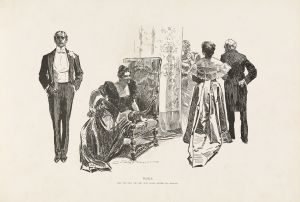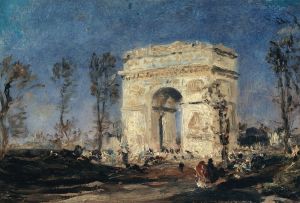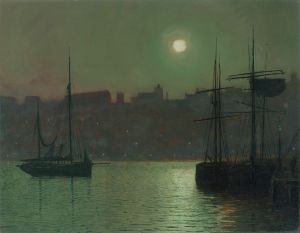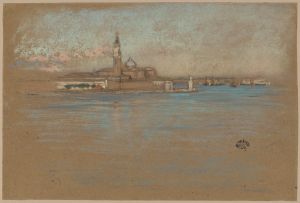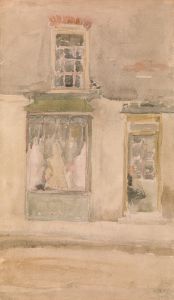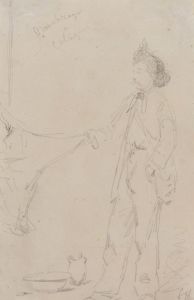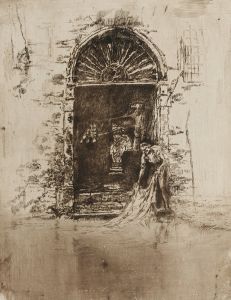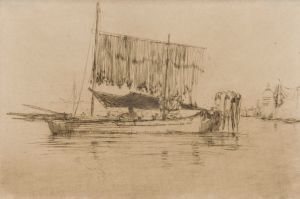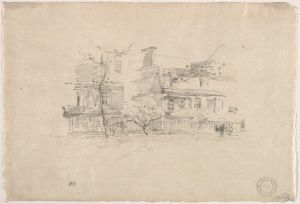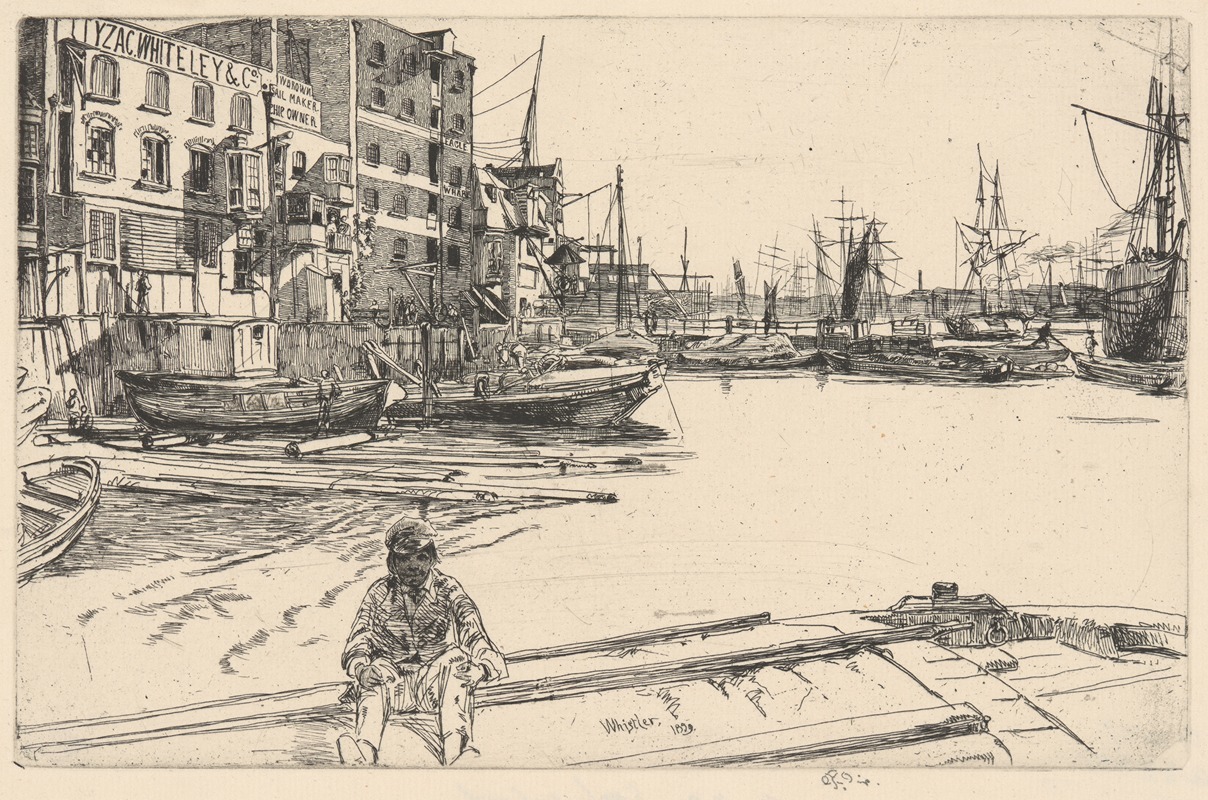
Eagle Wharf
A hand-painted replica of James Abbott McNeill Whistler’s masterpiece Eagle Wharf, meticulously crafted by professional artists to capture the true essence of the original. Each piece is created with museum-quality canvas and rare mineral pigments, carefully painted by experienced artists with delicate brushstrokes and rich, layered colors to perfectly recreate the texture of the original artwork. Unlike machine-printed reproductions, this hand-painted version brings the painting to life, infused with the artist’s emotions and skill in every stroke. Whether for personal collection or home decoration, it instantly elevates the artistic atmosphere of any space.
James Abbott McNeill Whistler, an influential American artist, is renowned for his contributions to the art world during the late 19th century. Among his diverse body of work, "Eagle Wharf" stands out as a significant piece, reflecting his unique style and artistic philosophy. Whistler was a proponent of "art for art's sake," emphasizing the importance of beauty and composition over narrative content. This philosophy is evident in "Eagle Wharf," where the focus is on the atmospheric qualities and the interplay of light and shadow.
"Eagle Wharf" is an etching created by Whistler in 1859, during a period when he was deeply engaged in exploring the medium. Etching, a printmaking technique that involves incising a design onto a metal plate, allowed Whistler to experiment with line and texture, capturing the nuances of his subject matter. This work is part of a series known as the "Thames Set," which includes a collection of etchings depicting scenes along the River Thames in London. The series is notable for its detailed portrayal of the industrial and urban landscape of the city during the Victorian era.
In "Eagle Wharf," Whistler depicts a scene along the Thames, focusing on the industrial wharves that lined the river. The composition captures the bustling activity of the waterfront, with boats, warehouses, and workers engaged in their daily tasks. Whistler's keen eye for detail is evident in the intricate lines and textures that define the structures and figures within the scene. The etching conveys a sense of movement and life, characteristic of the vibrant urban environment of London at the time.
Whistler's use of etching in "Eagle Wharf" demonstrates his mastery of the medium. He employed a variety of techniques to achieve different effects, such as varying the depth of the lines to create contrast and using cross-hatching to add texture and depth. The result is a richly detailed image that captures the essence of the scene with remarkable clarity and precision.
The "Thames Set," including "Eagle Wharf," was instrumental in establishing Whistler's reputation as a leading artist of his time. The series was well-received by critics and collectors, who praised Whistler's ability to capture the spirit of modern life through his innovative use of etching. The works were seen as a departure from traditional landscape art, offering a fresh perspective on the urban environment.
Whistler's "Eagle Wharf" is also significant for its influence on the development of the etching revival in the late 19th century. The revival saw a renewed interest in the medium, with artists exploring its potential for artistic expression. Whistler's work played a crucial role in this movement, inspiring a generation of artists to experiment with etching and expand its possibilities.
Today, "Eagle Wharf" is regarded as an important example of Whistler's early work and his contribution to the etching revival. The piece is held in various collections, including major museums and galleries, where it continues to be studied and appreciated for its artistic and historical significance. Through "Eagle Wharf," Whistler not only captured a moment in time but also left a lasting impact on the art world, demonstrating the power of etching as a medium for artistic expression.





